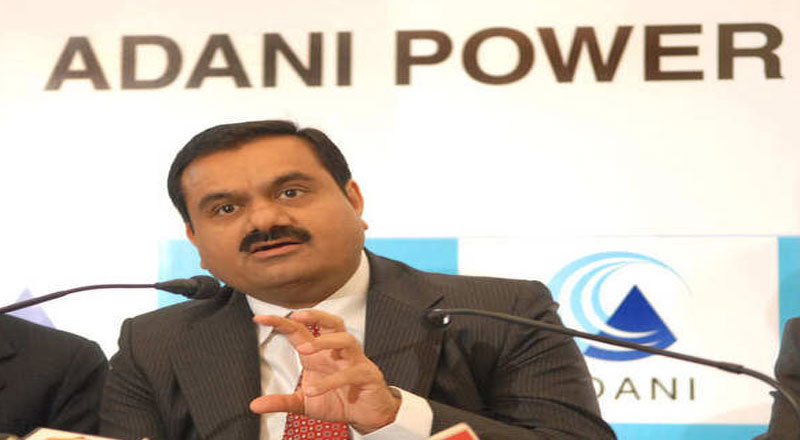The Government of India has officially notified the Unified Pension Scheme (UPS) as an option under the National Pension System (NPS) for central government employees. Effective from April 1, 2025, this scheme aims to provide guaranteed retirement benefits, addressing long-standing concerns about financial security post-retirement. The initiative is a response to employee demands for assured pension playouts, ensuring stability in their post-service years.
Key Features of the Unified Pension Scheme
Eligibility and Coverage
The UPS is available to Central Government employees currently covered under the NPS, provided they opt for this scheme. The Pension Fund Regulatory and Development Authority (PFRDA) will issue the necessary regulations to operationalize the UPS.
Guaranteed Pension Payouts
One of the major highlights of the scheme is the assured payout structure:
- Employees completing 25 years of service will receive 50% of their average basic pay during the last 12 months before retirement.
- Employees with 10 to 25 years of service will receive a proportionate pension based on their tenure.
For employees opting for voluntary retirement, the minimum required service period is 25 years. In such cases, the assured payout will begin from the date the employee would have superannuated if they had continued in service. Employees who are compulsorily retired under Fundamental Rule 56(j) (without penalty) will also be eligible for the scheme. However, those dismissed, removed, or resigned from service will not be eligible.
Pension Corpus and Investment Mechanism
The UPS will operate through two separate funds:
- Individual Corpus – This includes contributions from both the employee and the central government.
- Pool Corpus – An additional contribution from the central government to support the assured payouts.
- Employee Contribution: 10% of Basic Pay + Dearness Allowance (DA)
- Matching Government Contribution: 10% of Basic Pay + DA to the individual corpus
- Additional Government Contribution: An estimated 8.5% of Basic Pay + DA (aggregated) to the pool corpus
Investment choices for the individual corpus will be available to employees, regulated by the PFRDA, with a default investment pattern set by the authority. However, the pool corpus investment decisions will remain solely with the central government.
Comparison: UPS vs NPS vs OPS
The introduction of the UPS comes amid ongoing debates about the effectiveness of different pension systems. Under the Old Pension Scheme (OPS), employees received a defined benefit pension, meaning they were entitled to 50% of their last drawn salary post-retirement, with the government solely funding the scheme. In contrast, the New Pension Scheme (NPS) operates as a defined contribution system, where both the employee and the government contribute, but payouts depend on market performance. The Unified Pension Scheme (UPS) seeks to combine the best of both systems by ensuring a hybrid model with guaranteed payouts. Employees under the UPS will contribute a fixed percentage of their salary, while the government provides both a matching contribution and an additional amount to a central pool to support guaranteed pension disbursements. Unlike the NPS, where benefits fluctuate based on market returns, the UPS assures 50% of the last 12 months’ average salary as pension for those completing 25 years of service, offering greater income stability. However, employees will still have investment flexibility for their individual corpus, regulated by the PFRDA, while the government manages the pooled corpus.
Political and Economic Implications
The Union Cabinet approved the UPS on August 24, 2024, benefiting nearly 2.3 million central government employees. The move followed persistent demands from government employee unions seeking assured pension benefits, given the uncertainties of the NPS.
The government’s decision also comes against the backdrop of a high-level committee review, chaired by T.V. Somanathan, the then-finance secretary, in April 2023. Several states governed by opposition parties had already reverted to the Old Pension Scheme (OPS) due to political pressures and concerns over financial security under the NPS.
The financial implications of the UPS are significant. In its first year, the scheme is expected to cost the government ₹6,250 crore, along with an additional ₹800 crore in arrears payments for employees who retired before the scheme’s implementation.
To summarize, the Unified Pension Scheme (UPS) marks a significant shift in India’s retirement benefits policy, aiming to balance financial stability and fiscal prudence. By ensuring guaranteed pension payouts, the scheme addresses concerns raised by government employees regarding income security post-retirement. While its long-term sustainability will depend on effective fund management, the UPS is a landmark reform that blends elements of the old and new pension models, offering assured returns while retaining flexibility in investments.
With the April 1, 2025 rollout, the UPS is set to redefine pension planning for millions of government employees, ensuring a secure and predictable financial future.
(With inputs from agencies)





